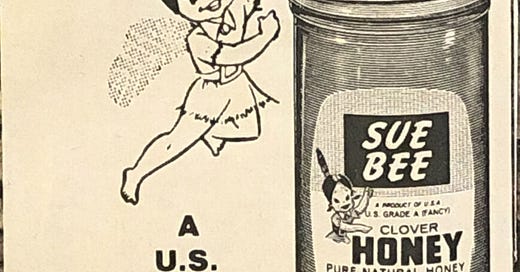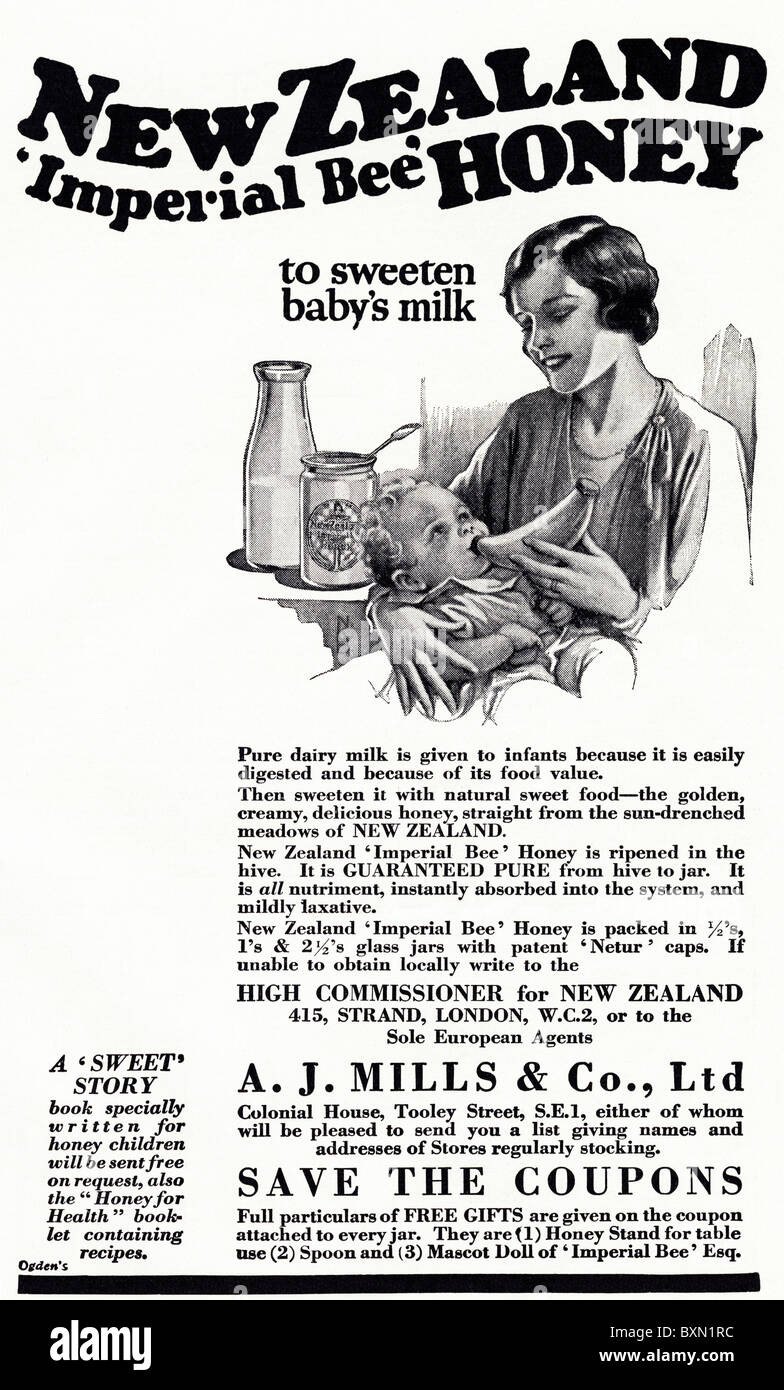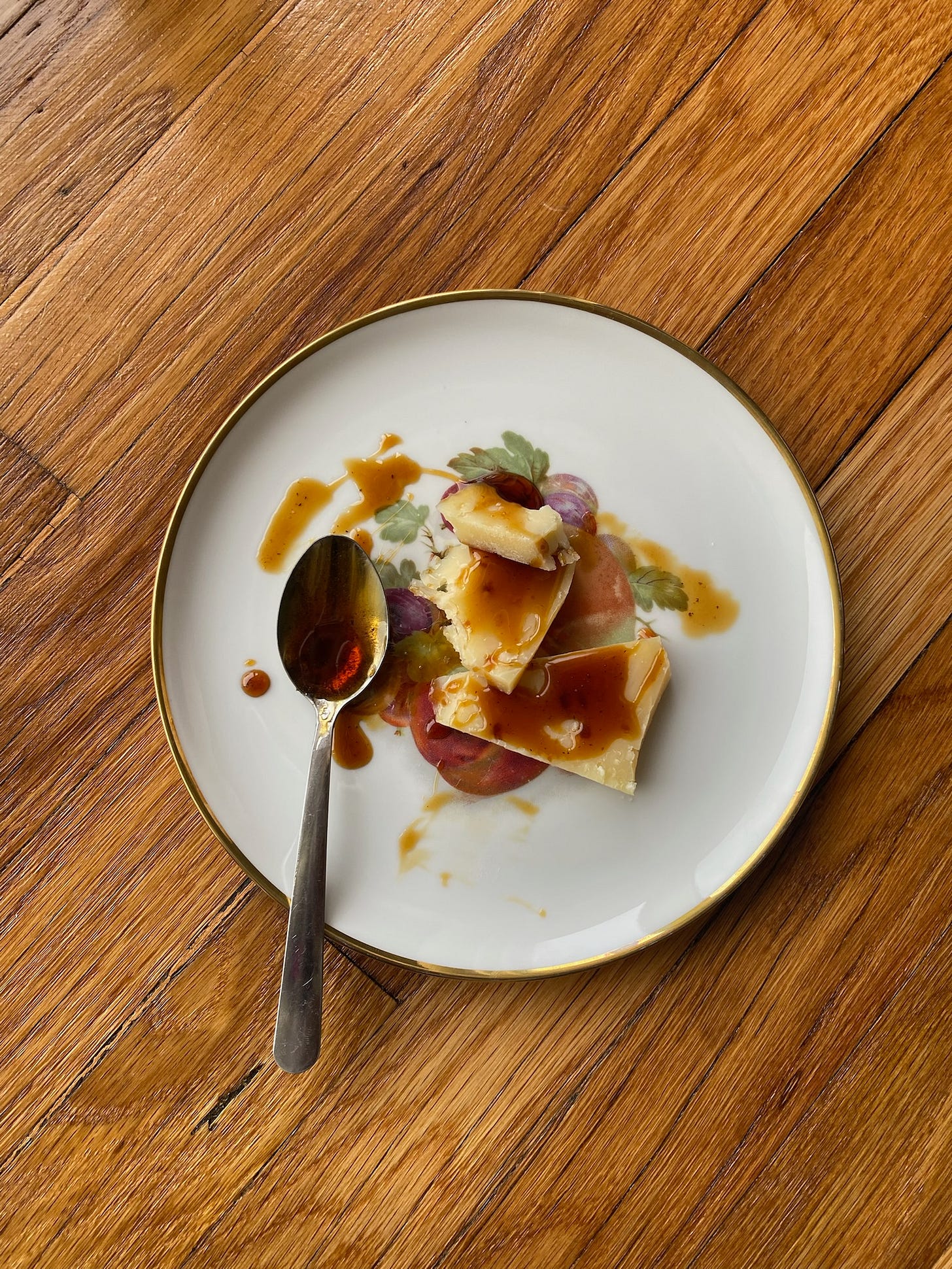Sunday from Aldi: An easy honey vinaigrette + some honey fun facts.
Adding salad dressing to your salad doesn’t make it unhealthy, ok.
Honey has been around for centuries. It was revered by the Egyptians and is loved by bears.
As a nutritive sweetener, I’ve found that having 1 teaspoon of honey, on a day that I have no fruits in the house, it helps to maintain my sugar because I have low blood glucose. I love honey, so much so that I collect honey from different countries.
A nutritive sweetener is, also known as caloric sweetener or sugar, provide energy in the form of carbohydrates. Nonnutritive sweeteners, also called sugar substitutes or artificial sweeteners, are alternatives that contain zero or very low amounts of carbohydrates or energy.
The term sugar is used to describe a wide range of compounds that vary in sweetness. Common sugars include:
Glucose
Fructose
Galactose
Sucrose (common table sugar)
Lactose (the sugar found naturally in milk)
Maltose (product of starch digestion)
Fructose (fruit sugar) is the naturally occurring sugar in all fruits. It is also called levulose, or fruit sugar.
Honey is a combination of fructose [C6H12O6], glucose [C6H12O6], and water [H2O], and is produced by bees. Notice that fructose and glucose has the same molecular formula but they have different molecular structures, this is because they are isomers of each other. Though they have the same molecular formula, they are broken down in the body differently BECAUSE they have different chemical structures. This may not mean anything to you as someone who hasn’t studied chemistry and its sub disciplines and is daily applying them in your field of work. However, this is where I say “everything is chemistry and chemistry is in everything.”
An application to real life here is that glucose and fructose occur naturally in fruits, vegetables, dairy products and grains. They contains the same amount of energy (calories) per gram but I’m not going to get into the chemistry of sugars in this newsletter.
Honey, however, is not a health food or a superfood. There’s no such thing as a superfood.
Honey Vinaigrette Dressing.
A honey vinaigrette dressing doesn’t call for a lot of ingredients and most, if not all, you may just have in your kitchen already. I won’t give specific measurements for this ingredient, you may eyeball it to how much you want to make. I usually make enough to last a week because I tend to have a salad at least 3 days a week at work as part of my lunch.
Pure, raw honey (from anywhere)
Vinegar. I enjoy rice vinegar.
Olive oil. Preferably a mild and buttery flavored one.
Black pepper
Red onion, garlic chopped finely
How to:

A vinaigrette is an oil based dressing or marinade made up of oil, vinegar and seasonings and is mainly used on salads, and cold fish. The traditional French vinaigrette formula calls for 1 tablespoon vinegar for every 3 tablespoons olive oil. Modern vinaigrettes often call for a bit more vinegar than that, and in mine, I like to use HONEY.
Finely chop onion and ginger [ if you have a blender or food processor, you can process the ginger 🫚 in it to release the juices.]
Combine your vinegar, honey, black pepper, the chopped onions 🧅, ginger and whisk or shake together if being stored in a container with airtight lid.
Pour over your salad and enjoy.
Store remainder in fridge in a closed container.
History of honey
There are references of honey everywhere, if you look close enough. In prehistoric times, Ancient India, ancient China, Ancient Greece, The Bible, The Qu’ran, Central & South America honey has played a role in many events we have read about. For example, in the Bible, honey has been mention 54 times, Canaan has been referred to as the promise land flowing with milk and honey, found honey in the jaw of a dead lion, and Jesus was fed honey and fish as his first meal after being resurrected.
It’s simply a fact, honey is a beloved staple.
Honey production and ethics
Have you watched the animated film “Bee Movie” starring my fav Seinfeld? There’s a scene where he overhears the humans talking about the profits they can make from selling honey, simply by stealing the bees food. Bees do not make honey for human consumption, despite us believing in this misconception, honey is made by bees, for bees. But Bees produce way more honey than they use, and because of this known fact, as a consumer, I feel ok having and enjoying some too. I know that the Vegan community argues that eating honey exploits bees and their argument is a fair one, hence I only get my honey from those who practice ethical and sustainable beekeeping farming. I do not support large corporation honey, neither do I buy honey that is sitting on the shelves in supermarkets.
Ethics and sustainability has different meanings but the practice of both can be interrelated. In my Ethics 101 course I learned that ethics mean the promotion of the consideration of values in prioritizing and the justification of action by healthcare professionals, researchers, and policymakers that may impact the health and well-being of patients, families and at large the community. If we were to swap “patients” with “bees” we’d get the same answer. Essentially, ethical beekeeping is ensuring the welfare of the bees and their natural surroundings - by acknowledging that a sustainable relationship with bees is closely related to the health of our ecosystem and agriculture and that our human actions can have serious consequences.
We aren’t bee keepers so there’s not much we can control in this area of honey use but here’s a few ways that we can practice ethical and sustainable behaviors with our food pollinators and honey makers 🐝
Shop honey from local apiaries or from brands who knowingly partner with small scale bee apiaries.
Never take more than the bees hive have. It’s their food first.
Find out if farmers are over harvesting. It’s best to harvest at certain times of the year, and for countries that experience winter, harvest time cut off should be October. This way, bees can replenish and have enough to get them through the winter months when there’s no nectar to feed on.
understand bees need a rich and diverse flowering plant environment to thrive. When spring comes, try to plant some wildflowers for them to feed on. Little effort on our human end that has a positive impact for bees.
You can also get a flat container put some gravel in and fill with water, leave by your window sill, in your backyard or wherever that accessible for the little critters to drink water.
As a consumer who wants to genuinely practice ethical behavior in daily consumption, Greenwashing, however, is a “red flag” to look for in brands who market their honey or honey product for you to buy it. So, how can you purchase honey that is harvested ethically and using sustainable practices, purchase from your local bee farmer, always. This can be directly or via retailers who only purchase from local farmers. When you travel, source local honey. This is something I do.
Honey, infants and infant botulism.
In 1976, a rare syndrome - infant botulism, had been been diagnosed after tests identified traces of botulism spores in the stool of some sick infants who’d been admitted to the hospital. In 1978, an epidemiological study was then conducted by the California Department of Health Services, in which they tested 550 samples of food, drugs and miscellaneous environmental substances for botulism. The results of the study identified botulism organisms in five samples of soil, one of dust from vacuum cleaner and nine samples of honey. As a mitigation measure to prevent infant botulism, they immediately labeled honey as a food not safe for infants under one years, because honey was the only variable of all the variables tested that could be controlled. We can’t put a label on soil that say “do not eat” but with honey, we can.
[ Spores are reproductive cells that can develop into new organisms without fusing with other reproductive cells. They are a part of the life cycles of many plants, algae, fungi. In the case of bacteria, bacterial spores are the more inactive form of bacteria, and the bacteria does this a survival mechanism which can protect them from adverse and unfavorable environmental conditions such as lack of water, extreme heat in which they can’t grow and thrive. Sporulation is the process, involving the bacterial cell becoming inactive and developing a multi-layered protective coating. Once the spore forms, it can remain dormant for a very long time, potentially germinating after years or even centuries when reintroduced to a favorable environment where it can grow and thrive. Spores are a big hazard in food where they contribute to food spoilage and food-borne illnesses. ]
Botulism is a rare but serious and in some cases, deadly illness caused by the bacteria Clostridium botulinum, and Clostridium butyricum, and Clostridium baratii. These bacteria produce a toxin that attacks the body’s nervous system. This toxin is also what is injected into targeted parts of the face as part of cosmetic treatment which we all know as Botox.
SN: Epidemiology is the study and analysis of the distribution, patterns and determinants of health and disease conditions in different groups of people.
Honey has become a questionable food for modern parents, and the universal warning doesn’t help in alleviating fears but makes the risks for infants eating honey seem much greater than are. However, understanding the meaning of, and differences among “risk,” “hazard,” and “adverse outcome” is important when it comes to decision making. Will an infant be lacking essential nutrients and vitamins if not fed honey, no, so then, waiting to feed them until past the recommended age is ok.
Pure honey vs. raw honey vs. organic honey
I know it can be confusing when shopping honey and you see all those marketing words on the labels such as “organic” “pure and raw” “unfiltered” “grade a…”
Prior to 2021, honey could be “certified organic” by the USDA, however, that has changed and I believe there’s a lot of falsehoods that can lie in that. Here’s why:
All honey that is labeled “Certified Organic” and sold here in the United States is imported from other countries and certified organic by that country. The imported organic honey is not certified Organic by the United States. Most organic honey is imported from Brazil.
It is nearly impossible to produce organic honey that our USDA will be willing to give the go ahead to label as organic. For bees to produce organic honey, they must feed on plants grown organically (without any form of pesticides, miticides, herbicides) within a 2 miles radius of their hive and as we know, organic farming does use this “cides” as well. No US bee keeper or company is allowed to claim their honey as organic but do some do it, yes. The rule however, stands.
Take, for example, this honey on Amazon, it’s is one their best seller, the label says “certified organic, USDA, but on the back it says “products of Brazil.” This can be confusing and shows why we need more regulation in the US honey import market. If a barrel of honey is imported from Jamaica and bottled here in the US, it is not a product of the US and how can we vet that it is truly organic?
It all comes back around to me encouraging to simply buy local (or from a single person who collects honey from other countries that source from honest farmers), this way you can guarantee you’re the getting pure, raw and unfiltered stuff, buy what you can afford and stop looking at labels sand their marketing buzzwords used to play on your emotions as a consumer. Organic food are not superior to conventional foods, they don’t provide better nutrition or health benefits and at the chemical level, are the same 🙂
Honey and seasonal allergies.
Have you ever been told and have been living with the knowledge that “local honey treats or helps to treat seasonal allergies?” The truth my friend, is that that is just a myth, albeit a well intentioned one. Seasonal allergies, caused by pollens from blossoming trees in the spring are common and frankly, challenging for those who summer from it, while I’m not bothered from seasonal allergy, I do, sometimes, develop sinusitis periodically in mid-late spring, so, I do empathize with those who suffer from it, whether it be mild or as bad as rhinitis (hay fever).
But here’s why believing and passing down the misinformation that local honey treats seasonal allergies is wrong and can be harmful. An allergy is a condition in which one’s immune system reacts abnormally to a foreign substance, this is NOT to be confused with an autoimmune condition reaction, that is totally different. Any substance that causes an allergic reaction is called an allergen and it is the PROTEIN found in the substance that the immune system reacts to. This can be a dust mite, drugs, foods, insect, ticks, mold and in this case, pollen [flowers or grass pollen]. Atopy is the genetic tendency to develop allergic reactions. I love studying about allergies because it lies within the intersection of immunology, cell biology and genetics. Allergies are quite complex and fascinating too. Now that you know the easy definition of allergy, here’s why honey doesn’t and cannot be used to “treat” your seasonal allergy. An allergy to a plant pollen is caused by the proteins found in the walls of the pollens, and when exposed to the pollens, the immune system mistakes the proteins as dangerous intruders then quickly produces chemicals called histamines (ahhh now you know why you take an antihistamine to treat your allergic reaction) to combat these protein. Because the amount of pollen exposure varies in honey, meaning, there isn’t a substantial amount, local honey isn’t an effective allergy treatment. There just isn’t enough scientific evidence and consensus to show that it can replace antihistamines such as Claritin.
This randomized placebo-controlled trial in the East Coast Peninsular of Malaysia shows evidence that ingestion of honey improves the symptoms of allergic
C rhinitis, however, upon closer examination of the study, it was shown that medication was also involved. So a combination of medication and honey helps to ease allergy symptoms.
Histamine is a chemical released by our mast cells that can be found almost everywhere in our body. Cool huh? 😃
Honey for wound care
Honey has been proven to have antibacterial [to prevent the growth or spread of bacteria] properties, and because of its low pH (high acidity) and high sugar content, it can help prevent the growth of microbes.
There, however, are always disclaimers. Though honey possess such properties, I do not recommend using regular food grade honey to treat wounds of any degree. This is because food grade honey is NOT sterile and can introduce microbial contamination into the wound.
A sterile product is one that is free from bacteria or other living microorganisms, it is totally clean. My line of work has me working in graded, aseptic rooms using sterile equipment, wearing sterile PPE, and sterile materials. You do not want to introduce foreign bacteria to an open wound because this will lead to infection, potential sepsis and in some instances, can be fatal.
Honey has a myriad of good benefits but like everything, must be consumed in moderation.
SN: I’ll update this newsletter with photos of the honey vinaigrette soon.
Do you have any beliefs about honey that you’d like to look into? Share in the comments and let’s discuss. I hope you enjoy the rest of the summer and all summer salads 🥗. Drizzle some vinaigrette on top of that and enjoy.
Source citations for this newsletter:
King James Version of the Bible [ John 21:1-14 ]
https://www.mainstreethoney.com/pages/history-of-honey
https://www.nal.usda.gov/human-nutrition-and-food-safety/food-composition/sweeteners
https://www.mainstreethoney.com/pages/history-of-honey
https://greenopedia.com/ethical-honey/
https://beeautify.com.au/blogs/beeautify-blog/ethical-and-sustainable-beekeeping
https://www.bjc.org/news/honey-myths-and-facts
https://www.cdc.gov/mmwr/preview/mmwrhtml/00000307.htm







